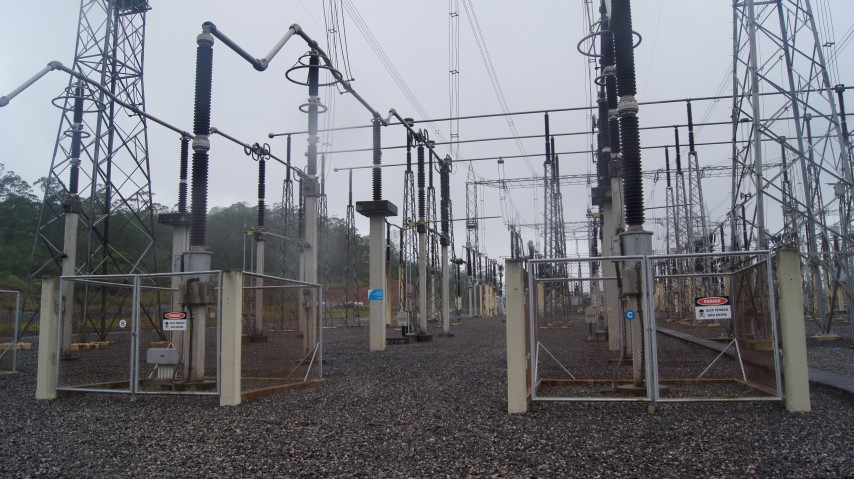
Studies of coordination, selectivity of protection in electrical power systems and incidence of electric arc are essential components to guarantee that the electrical system of an installation is operating in a safe and reliable way. The proper coordination and selectivity of the electrical system ensures that electrical faults are isolated within their fault area without causing permanent damage to the equipment and the system, ensuring the disconnection of the electrical system subjected to any abnormality that makes it operate outside the established limits or from him. PWM Automation and Systems Protection performs protection studies, as well as electrical arc studies to determine the available incident energy levels present at various points of the installation`s electrical system. Our team works with customers to provide proper arc flash assessment and training to ensure the proper selection of personal protective equipment (PPE) can be made to work safely on the electrical system.
We elaborate Short-Circuit studies with the analysis of simultaneous faults in Low, Medium and High Voltage electrical systems. Allowing the analysis of a large number of faults, including sliding faults, with results aimed at predicting fault points or monitoring, with a study of breaker overcoming, obtaining through modeling and simulation with protection relays and a real-time system the evolution of short circuit levels.
Based on short-circuit calculations, we develop protection studies, with approval from Concessionaires (Medium Voltage) up to 138 kV and National Electric System Operator (ONS) in High Voltage up to 500 kV. We are specialists in the following areas:
Protection of Medium and Low Voltage Industrial Systems:
• Electrical Failure Analysis, with computational modeling integrated to a real-time test system with reproduction of failure events to determine preventive and corrective measures;
• Dimensioning of the Grounding and Neutral System, in accordance with the possible types of electrical faults;
• Overheating Analysis and Simulation to determine the thermal limit, prevent thermal damage and protect electrical equipment;
• Dimensioning of current transformers;
• Line and cable overcurrent protection;
• Transformer overcurrent protection;
• Coordination of overcurrent protection in industrial systems;
• Transformer differential protection;
• Analysis of the Dynamic Regime, with determination of the characteristics of motors against possible electrical faults;
• Protection of medium voltage motors;
• Analysis of broken bars in asynchronous induction motors with squirrel cage rotor;
• Dimensioning of Systems for quick transfer of engine bar;
• Protection of low voltage motors;
• Protection against electric arc in medium and low voltage;
• Bar protection in industrial systems;
• Generator protection;
• Design and Implementation of Industrial Electrical Systems Automation with Proprietary Technology.
High Voltage Electrical Power Systems:
• Analysis of damage to electrical equipment;
• Dimensioning of CTs and PTs up to 500 kV;
• Dimensioning of measures to avoid saturation of CTs;
• Analysis of balanced and unbalanced faults;
• Specification and parameterization of protection relays;
• Projects of protection systems in IEC 61850 networks;
• Capacitor bank protection and control;
• Design of supervisory systems and centralized processing of failure analysis in protection systems;
• Overcurrent protection for lines and feeders;
• Line protection using directional overcurrent functions;
• Line protection using distance functions;
• Line differential protection;
• Breaker failure protection;
• Line protection with series compensation;
• Coordination of overcurrent protection in radial systems;
• Differential and overcurrent protection for transformers;
• Bar protection;
• Distance protection for lines;
• Teleprotection;
• Dimensioning and Implementation of Protection Systems with protection functions in the time domain;
• Protection by incremental magnitudes (DT);
• Traveling wave protection (TW);
• Generator protection;
• Protection of power transformers and reactors;
• Dimensioning and implementation of teleprotection philosophies and schemes (POTT, PUTT, DCB and DCUB) and implementation of means of communication.